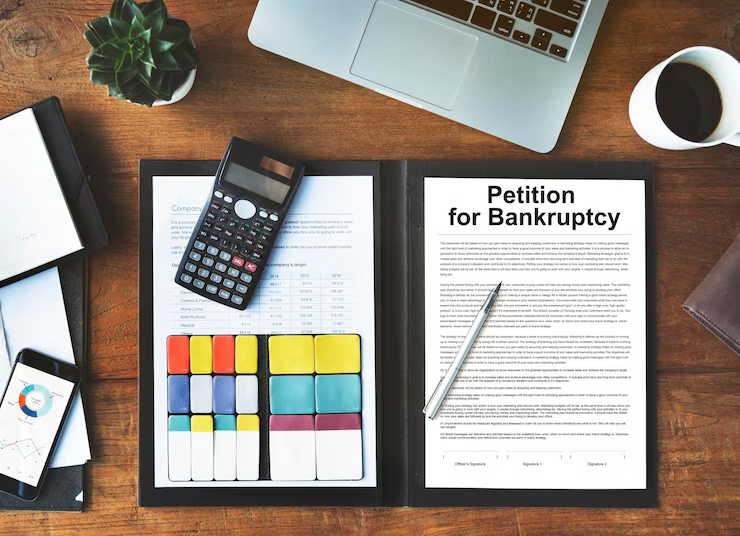Have you recently filed for bankruptcy in Texas and are wondering what happens next? Many people who file for bankruptcy are often uncertain about the steps that follow. It’s common to feel overwhelmed, but understanding what to expect can give you the confidence to move forward.
Many individuals face mounting debts and turn to bankruptcy as a solution. But once you’ve made the decision to file for bankruptcy, what happens after that? The process doesn’t end with the filing—there are a series of important steps you need to know about.
In this blog, we’ll break down the key stages that follow filing for bankruptcy and what you can expect as you go through the process.
The Initial Court Proceedings
Once you file for bankruptcy, the court will assign you a case number, and the automatic stay will take effect. This means creditors are no longer allowed to contact you, and they must stop all collection efforts, such as calls, letters, and wage garnishment. However, this doesn’t mean you’re off the hook from your financial obligations entirely.
You’ll be required to attend a meeting of creditors (also known as a 341 hearing), where you will meet with the bankruptcy trustee and any creditors who choose to attend. The trustee will review your financial situation to determine whether you qualify for the bankruptcy discharge, and creditors may ask questions about your debts and assets.
Creditor Notifications and Objections
After your case is filed, your creditors will be notified. They have a chance to file objections if they believe the bankruptcy process should not proceed as expected. These objections can delay the process but are rare, especially in cases where there’s no significant fraud or abuse involved.
Rebuilding After Bankruptcy
Filing for bankruptcy does not mean you are left in financial ruin. In fact, bankruptcy can be the first step toward rebuilding your credit and taking control of your finances again. Once your bankruptcy case is resolved, you can begin to rebuild by:
- Building a budget: Carefully managing your income and expenses.
- Establishing a new credit line: Start small with a secured credit card or a credit-builder loan.
- Staying consistent: Make sure to pay your bills on time and keep your debts in check.
Next Steps to Take
After your bankruptcy is discharged, you’ll receive notice from the court. Your debts are legally forgiven, and you are no longer responsible for repaying them. From here, you can start the process of rebuilding your credit score and financial health.
How Can We Help?
If you’ve recently filed for bankruptcy or are considering filing for bankruptcy relief in Texas, it’s important to understand your next steps. At the Law Office of Joel Gonzalez, we are dedicated to helping individuals who need guidance through the bankruptcy process. We understand the challenges that follow filing for bankruptcy and are here to support you.
Contact us today to speak with an experienced bankruptcy attorney in Corpus Christi. We’re here to help you navigate the process and ensure your future financial success.








